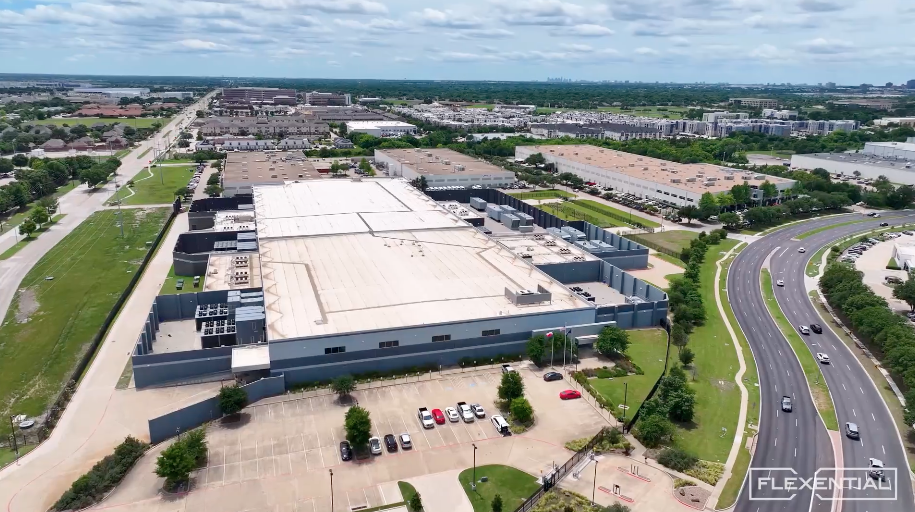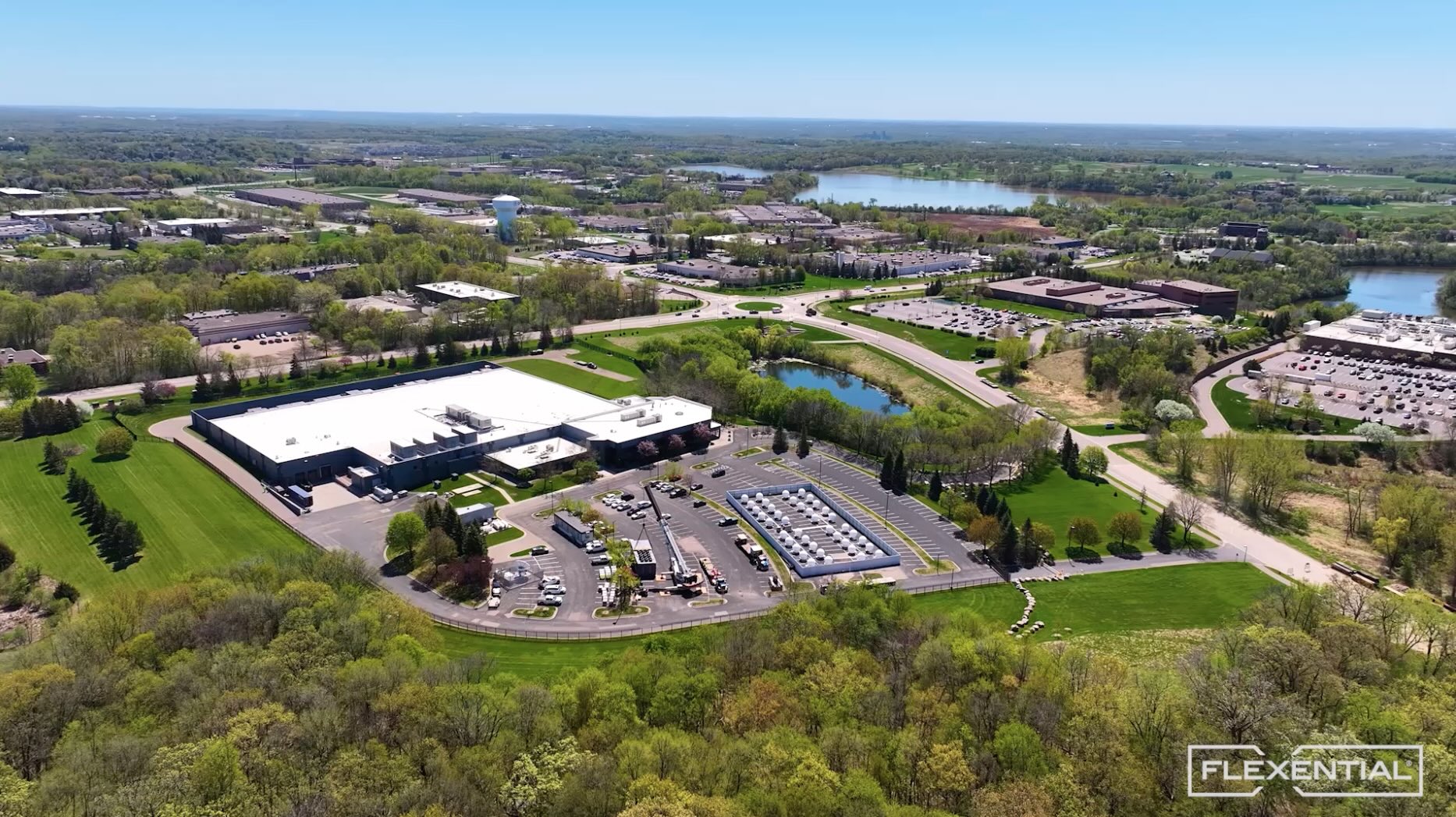Beating the heat: Cooling strategies for high-density colocation
Discover effective cooling strategies for high-density colocation environments to optimize performance, reduce energy costs, and ensure sustainable operations.

The demand for high-density colocation environments is surging as businesses scale their IT infrastructure to keep pace with AI workloads, high-performance computing (HPC), and edge deployments. While these technologies unlock unmatched computational power, they also generate massive amounts of heat, pushing traditional cooling systems to their limits.
Managing this heat efficiently isn’t just a technical challenge—it’s a critical factor in ensuring performance, reliability, and sustainability. Without effective cooling strategies, high-density environments risk costly downtime, reduced equipment lifespan, and energy inefficiency.
Why cooling is critical in high-density colocation
In high-density colocation environments, managing heat is essential for keeping IT infrastructure operating at peak performance. As power densities climb to 20+ kW per rack, driven by AI, HPC, and other resource-intensive technologies, the need for advanced cooling solutions becomes more urgent.
Protecting performance and reliability
Excess heat is one of the fastest ways to degrade equipment performance and reliability. Servers running in overheated conditions can experience throttling, which reduces processing power to avoid damage. Over time, sustained high temperatures can shorten hardware lifespan, increase failure rates, and lead to costly downtime. Proper cooling ensures that critical systems perform consistently, even under heavy loads.
Balancing energy efficiency with sustainability
Cooling systems are one of the largest contributors to data center energy consumption. Inefficient cooling not only inflates operational costs but also undermines sustainability efforts. With growing pressure to reduce carbon footprints and meet ESG goals, businesses need cooling strategies that prioritize energy efficiency without sacrificing performance.
Supporting higher power densities
High-density environments bring immense computational capabilities but also concentrated heat loads. Supporting power densities of 20+ kW per rack requires purpose-built cooling systems capable of handling these extreme demands. Whether it’s AI training models, GPU-heavy workloads, or complex simulations, effective cooling enables organizations to scale their infrastructure while maintaining stability.
In short, cooling isn’t just about keeping systems from overheating—it’s about optimizing performance, reducing energy costs, and supporting the growth of high-density deployments.
Key cooling strategies for high-density colocation
As power densities rise, colocation providers are deploying advanced cooling solutions to ensure efficiency, reliability, and scalability. Here’s a look at the leading strategies for managing heat in high-density environments:
Air-based cooling solutions
Air-based cooling remains a foundational approach for many data centers, particularly in deployments below 20 kW per rack. Precision air conditioning systems deliver targeted cooling to specific zones, ensuring critical equipment remains within safe operating temperatures. Combined with hot and cold aisle containment, airflow is optimized to prevent mixing and reduce energy waste. These methods are highly effective for moderate power densities, balancing performance with cost-efficiency.
Liquid cooling technologies
As densities exceed 20 kW per rack, liquid cooling becomes a game-changer.
- Direct-to-chip liquid cooling delivers coolant directly to the processor, efficiently removing heat at its source. This approach reduces energy consumption while supporting next-gen workloads like AI and HPC.
- Immersion cooling takes efficiency even further by submerging servers in a thermally conductive liquid. This technique is ideal for extreme densities, significantly improving energy efficiency and minimizing operational costs.
Hybrid cooling solutions
Hybrid approaches combine air and liquid cooling systems to address scalability and varying power densities within the same facility. By integrating these methods, providers can offer flexible, tailored solutions that evolve alongside infrastructure demands. Hybrid cooling strikes a balance between performance and efficiency, making it ideal for businesses transitioning to higher densities or managing mixed workloads.
Sustainability and cost optimization
Efficient cooling strategies in high-density colocation environments aren’t just about performance—they’re key drivers of sustainability and cost optimization.
Energy-efficient cooling reduces operational costs
Advanced cooling solutions, such as liquid cooling and hybrid systems, significantly lower energy consumption by targeting heat more effectively. This results in fewer energy losses and reduced power usage effectiveness (PUE), leading to measurable cost savings over time. By optimizing cooling efficiency, businesses can maintain high-density deployments without inflating their energy bills. Learn more about the importance of PUE and energy efficiency in data centers.
Green initiatives in colocation facilities
Many enterprises are now prioritizing sustainability to meet environmental, social, and governance (ESG) goals. Colocation providers are addressing this demand by integrating renewable energy sources, improving cooling efficiency, and reducing carbon footprints. These green strategies benefit high-density environments, which traditionally strain power and cooling resources.
Watch On Demand: Power to perform – Innovative cooling and energy solutions for high-density data centers
Choosing the right cooling solution
Selecting the right cooling strategy for a high-density colocation environment requires careful consideration of several factors. Power density requirements, future scalability, and the total cost of ownership (TCO) all play a critical role in determining the most effective and efficient solution for your business.
Density requirements: As workloads become increasingly demanding, traditional cooling systems can quickly become insufficient. Businesses must assess their current power and cooling needs while accounting for projected growth in density requirements.
Future scalability: The ability to scale cooling systems alongside expanding infrastructure is essential for long-term success. Solutions like liquid cooling—whether direct-to-chip or immersion—offer modular designs that can adapt to growing workloads without overhauling existing infrastructure. Hybrid approaches that combine air and liquid systems are particularly effective for businesses needing flexibility as they scale.
Total cost of ownership (TCO): When choosing a cooling strategy, it is key to balance upfront investment with long-term operational efficiency. While advanced solutions like liquid cooling may require higher initial costs, they can deliver significant savings through reduced energy usage and improved performance. This focus on energy-efficient solutions supports sustainability goals, further optimizing TCO over time.
The Flexential approach to cooling high-density environments
Flexential takes a proactive, innovation-driven approach to address the cooling challenges of high-density colocation environments. By leveraging advanced cooling technologies, we ensure businesses can scale their IT infrastructure efficiently while maintaining performance, sustainability, and cost control.
Our solutions include cutting-edge techniques such as precision air cooling, direct-to-chip liquid cooling, and immersion cooling to support power densities of 20+ kW per rack. These innovations are designed to optimize airflow, manage thermal loads, and reduce energy consumption, making them ideal for modern workloads such as AI, machine learning, and high-performance computing (HPC).
For a closer look at how Flexential cooling innovations meet the demands of high-density environments, explore our Liquid Cooling Applications guide.
Real-world success with Flexential
Flexential cooling strategies have enabled customers to scale with confidence and meet their performance goals sustainably. For example, Enstructure, a leader in logistics and infrastructure, partnered with Flexential to deploy optimized high-density solutions. By leveraging advanced cooling and energy-efficient technologies, Enstructure achieved seamless scalability while maintaining reliability and operational efficiency.
Future-proof your infrastructure with the right partner
As high-density colocation becomes essential, choosing a provider with the expertise and infrastructure to manage advanced cooling solutions is critical. An experienced colocation partner ensures your IT operations remain reliable, scalable, and energy-efficient, even as power densities climb.
At Flexential, we combine innovative cooling strategies with a commitment to sustainability and performance. Our high-density colocation solutions empower businesses to meet today’s challenges while preparing for tomorrow’s growth.
Ready to optimize your high-density environment? Learn how Flexential can support your business with next-gen cooling solutions.






